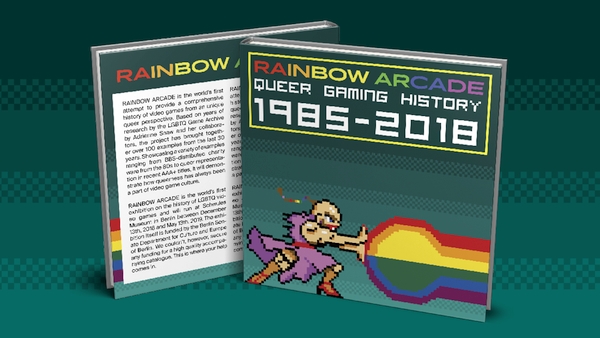 The Sony PlayStation launched with a $300 price tag in 1995, famously undercutting Sega’s planned $400 price point for the Saturn. So it’s only fitting that in 2020, the fabled Nintendo PlayStation prototype sold at auction this afternoon with a winning bid of $300,000.
The Sony PlayStation launched with a $300 price tag in 1995, famously undercutting Sega’s planned $400 price point for the Saturn. So it’s only fitting that in 2020, the fabled Nintendo PlayStation prototype sold at auction this afternoon with a winning bid of $300,000.
The new owner of this rare artifact is currently a mystery, but the winning bid may have been placed by Oculus founder Palmer Luckey, who wrote about his interest in the auction on Twitter back in February.
The Nintendo PlayStation was previously owned by Dan Diebold, who took it “around the world and back again” after his father discovered it among some “junk” that had once belonged to former Sony Computer Entertainment CEO Olaf Olafsson:
At one time, this particular unit was owned by the founder, first president, and first chief executive officer of Sony Computer Entertainment, Inc. Olaf Olafsson. Olaf eventually left Sony to join Advanta Corporation, and became its president in 1998. A little over a year later, Olaf left Advanta to join Time Warner — but he left his Nintendo PlayStation prototype behind at Advanta. Roughly around this time, Advanta filed for bankruptcy and began gathering up everything in their corporate office to sell at auction. As the story goes, the Nintendo Play Station prototype was grouped together with some miscellaneous items that were boxed up with a group lot, the contents of which were veiled. A nice Easter egg for the winning bidder, indeed!
By far, this is arguably one of the most notorious, mysterious, and controversial artifacts of the video game industry. This prototype has been around the world and back again, admired and appreciated by video game enthusiasts from all over. Even though this is the closing of this portion of its narrative, it will continue to remain a pivotal piece of video game history no matter where it ends up.
According to the auctioneers at Heritage Auctions, the purchaser of the Nintendo PlayStation will also have to pay a $60,000 “Buyer’s Premium” on top of the winning bid, bringing the total to $360,000.
UPDATE (3/7/20): Forbes is reporting that Greg McLemore, the founder of Pets.com, is the mystery man behind the winning bid in yesterday’s Nintendo PlayStation auction. McLemore is an avid collector of arcade machines, game consoles, and original artwork, and he told the publication he plans to open a permanent museum to house his collection.



 The National Videogame Museum, located in Sheffield in the United Kingdom, has launched the Videogame Heritage Society, a new video game preservation initiative that will bring together a network of libraries, museums, and collectors.
The National Videogame Museum, located in Sheffield in the United Kingdom, has launched the Videogame Heritage Society, a new video game preservation initiative that will bring together a network of libraries, museums, and collectors.



 Eschewing the whiz bang pyrotechnics that the Colonial Marines usually bring to game adaptations of the Alien franchise, 2014’s Alien: Isolation took its cues from the quieter (but no less terrifying) original film.
Eschewing the whiz bang pyrotechnics that the Colonial Marines usually bring to game adaptations of the Alien franchise, 2014’s Alien: Isolation took its cues from the quieter (but no less terrifying) original film.

